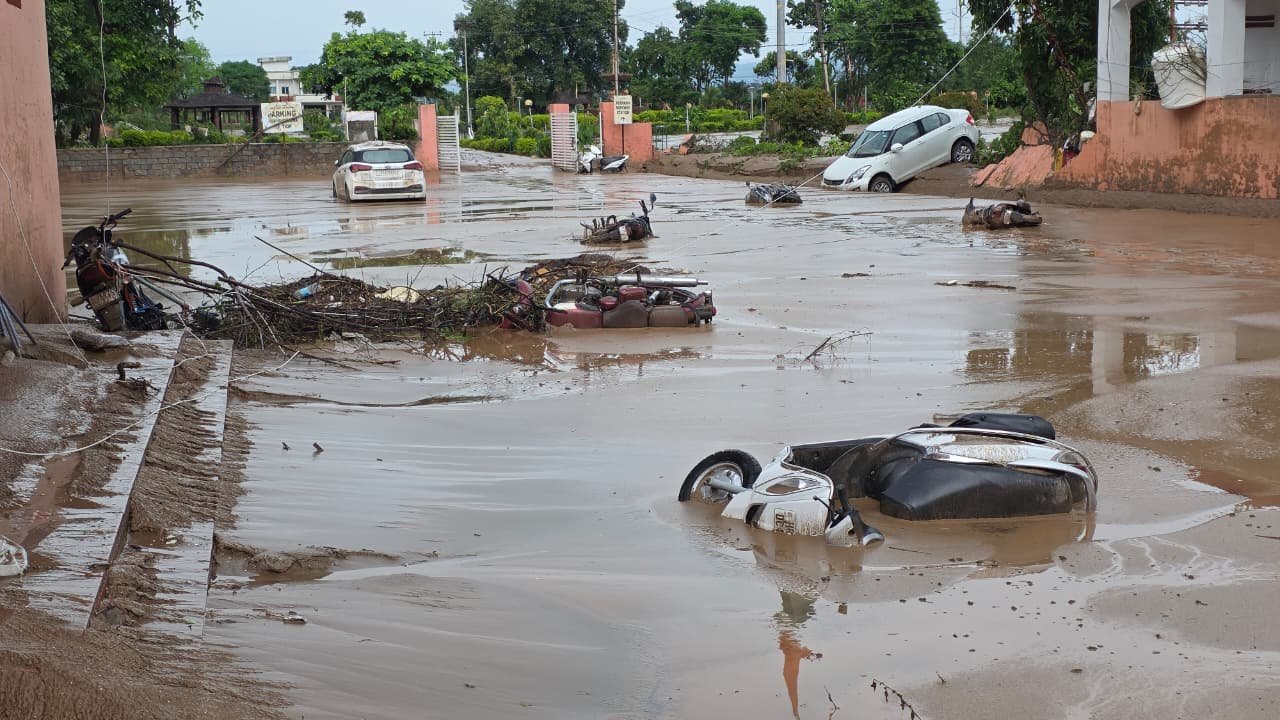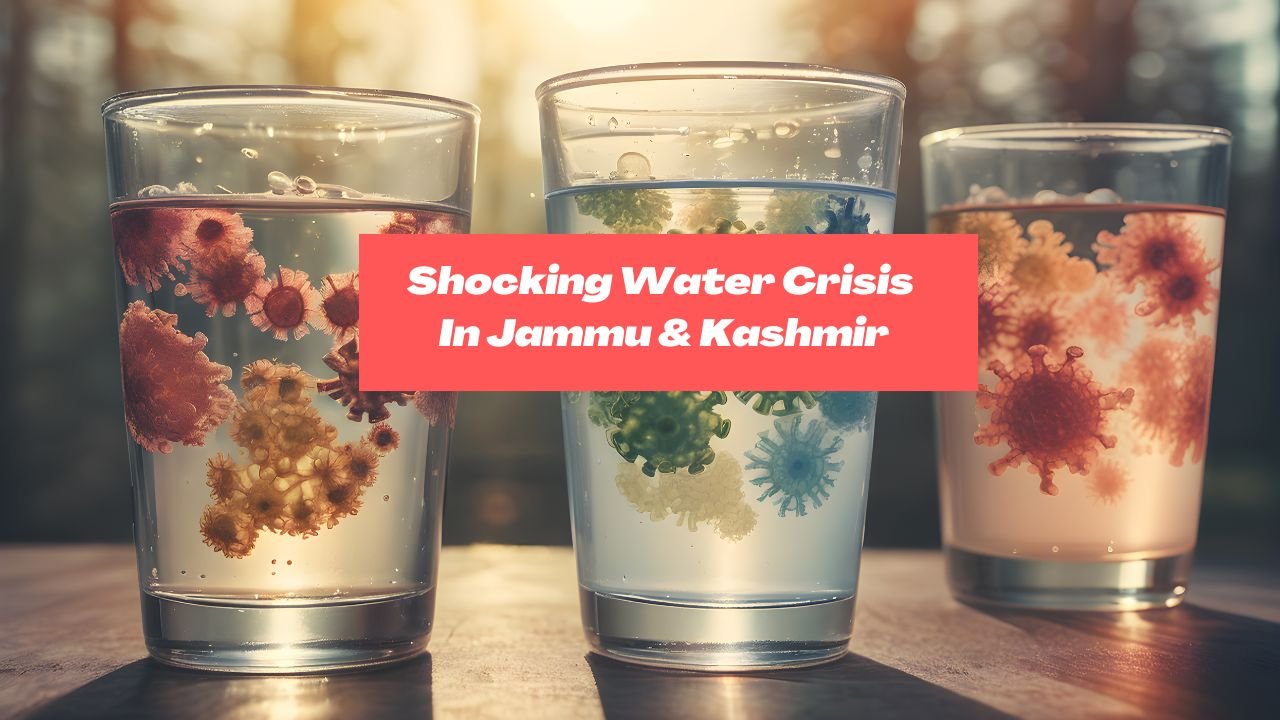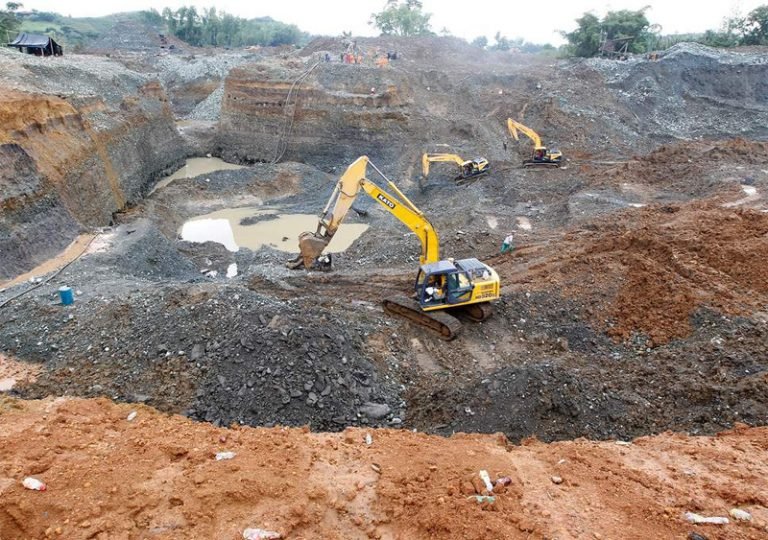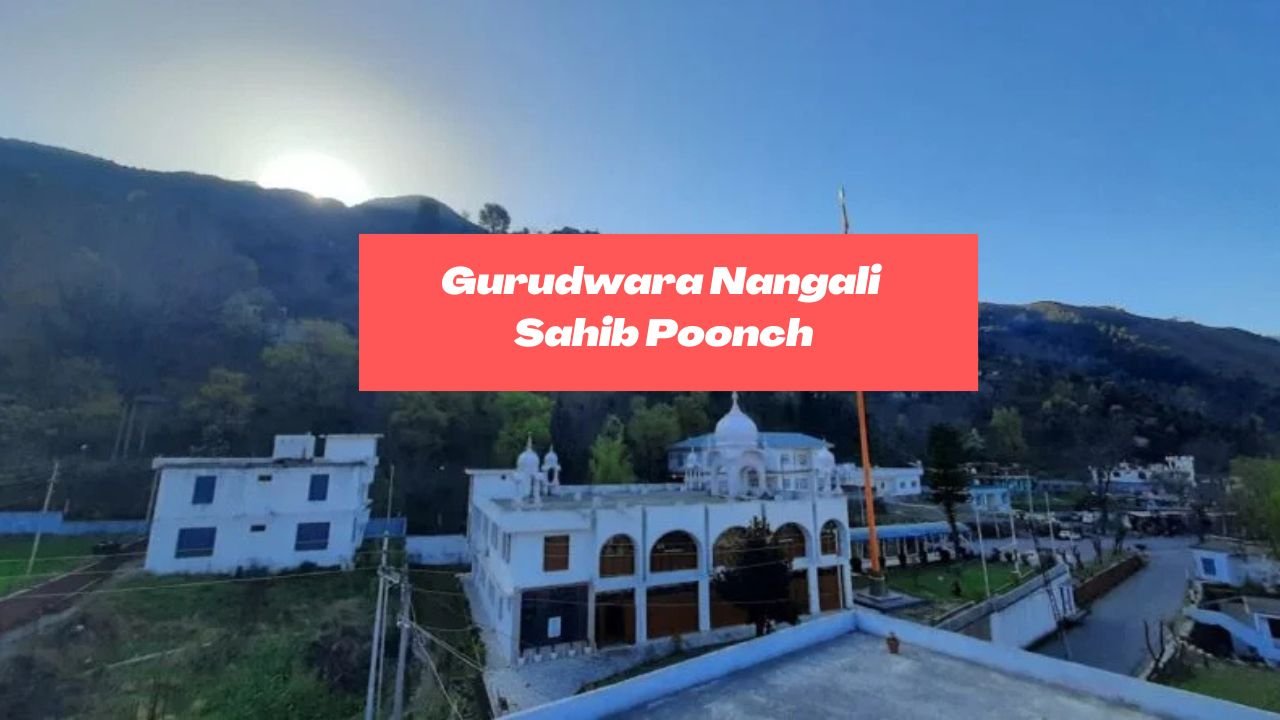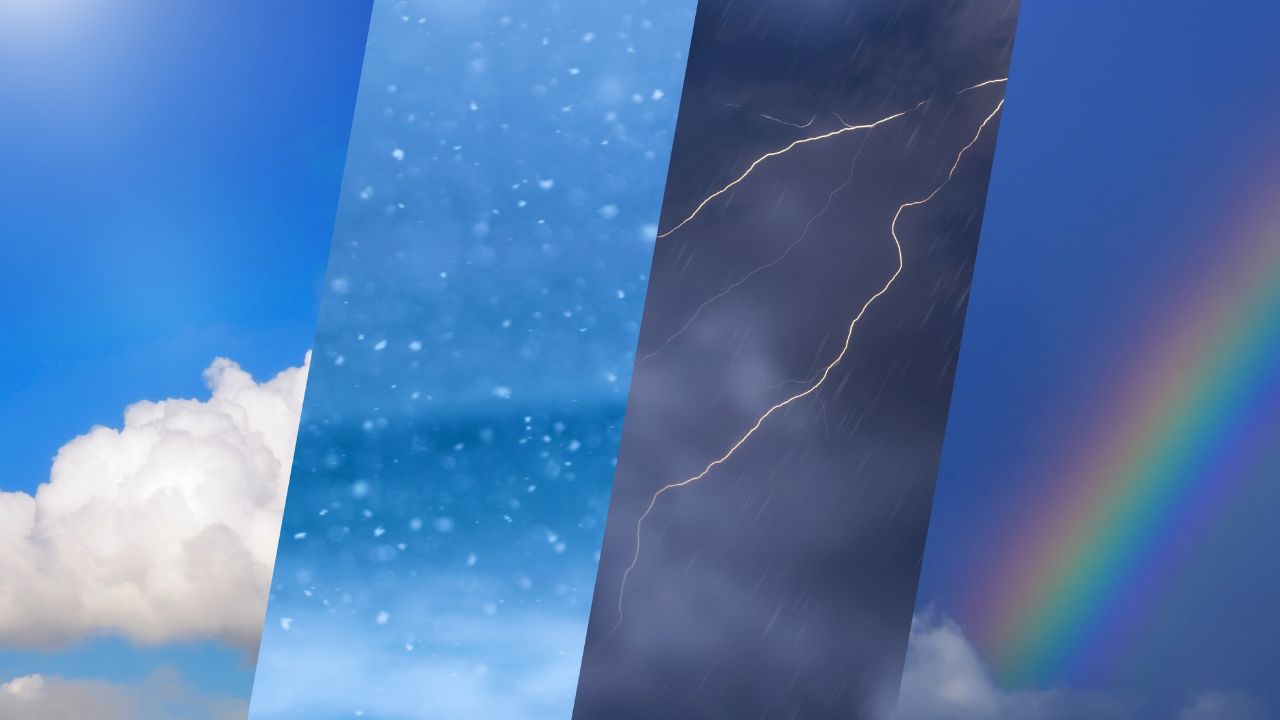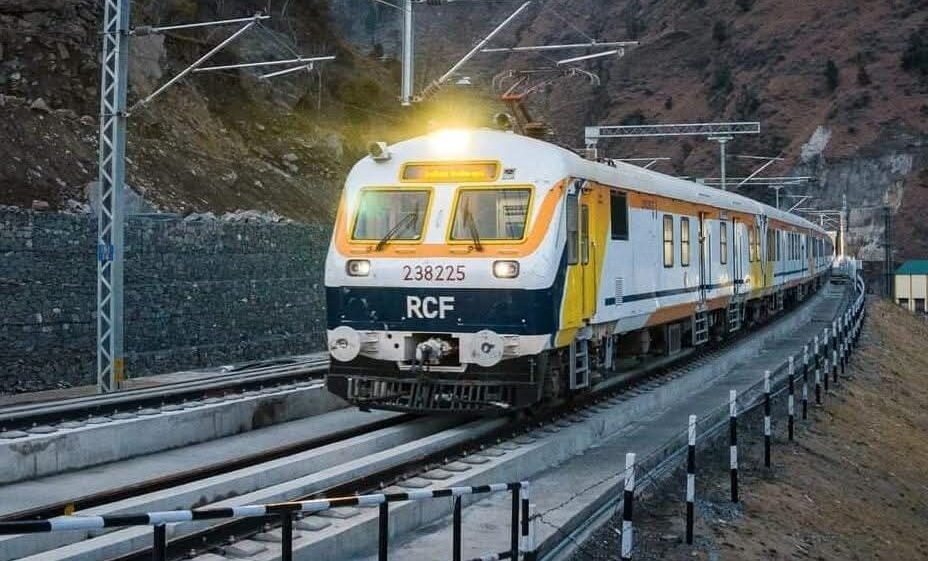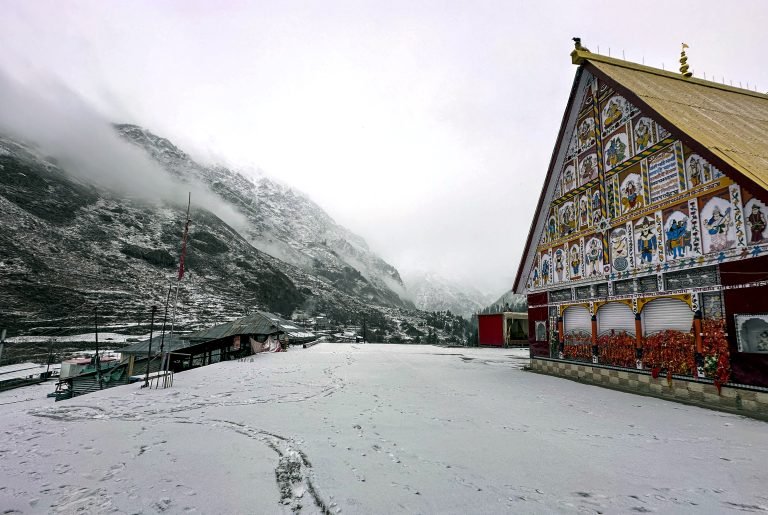The Union Territory of Jammu and Kashmir is reeling from its worst floods in nearly a century. Torrential rains triggered catastrophic landslides and flash floods, leaving over 12,000 km of roads damaged, including critical stretches of the Jammu-Srinagar National Highway. Officials confirmed that restoration work on the Udhampur-Ramban stretch is being carried out on a war footing and is expected to resume connectivity soon.
Out of 42,000 km of road length in the UT, nearly 30% has been washed away, crippling transport and relief operations. Additionally, three key bridges on the national highway have suffered heavy damage, worsening the crisis.
Bunkers Turned Death Traps After Heavy Rains
Thousands of underground bunkers built along the International Border in Jammu, Samba, and Kathua districts—constructed to shelter civilians during cross-border shelling—have been rendered unsafe. These bunkers, filled with water and silt, are now unusable. Experts warn that stagnant water could weaken their structure permanently, making them dangerous for future use.
Despite the urgency, no large-scale cleanup has started. Specialists recommend an immediate joint survey by executing agencies and district administrations to assess the situation and begin safe restoration.
Water Supply & Transmission Lines Severely Hit
The floods have also paralyzed essential water infrastructure. The Tawi Water Treatment Plant was badly affected, and massive landslides on the Panjtirthi–Sidhra Bridge road destroyed more than 500 meters of transmission pipelines. This disruption has cut off water supplies to major residential areas including Old City, Janipur, Rehari Colony, New Plot, Subhash Nagar, Sarwal, Chinore, and Roop Nagar.
Two major rising mains—500 mm dia Sitlee-Lohar and 600 mm dia pipelines—were severely damaged. Restoration teams re-aligned the pipelines using available casing pipes, but experts warn the work will take weeks to stabilize.
Read also: Tawi River in Crisis: Sewage, Encroachments & Pollution Threaten Survival
Rescue and Relief Operations in Full Swing
With the disaster affecting thousands, over 5,000 people have been evacuated to safer areas. Relief camps have been set up, offering food, shelter, and healthcare. 17 NDRF teams, 23 Army columns, Air Force helicopters, J&K Police, UTDRF, and CAPFs are all engaged in continuous rescue and relief efforts.
Authorities assure that relief distribution and rehabilitation measures are underway and the situation is expected to return to normal soon.
Experts Call for Long-Term Solutions
Disaster management experts stress that climate resilience must become a top priority for Jammu and Kashmir. The repeated damage to roads, pipelines, and bunkers highlights the urgent need for stronger infrastructure, advanced drainage systems, and effective flood management policies. Without these, every spell of extreme rainfall will continue to cause massive losses.

